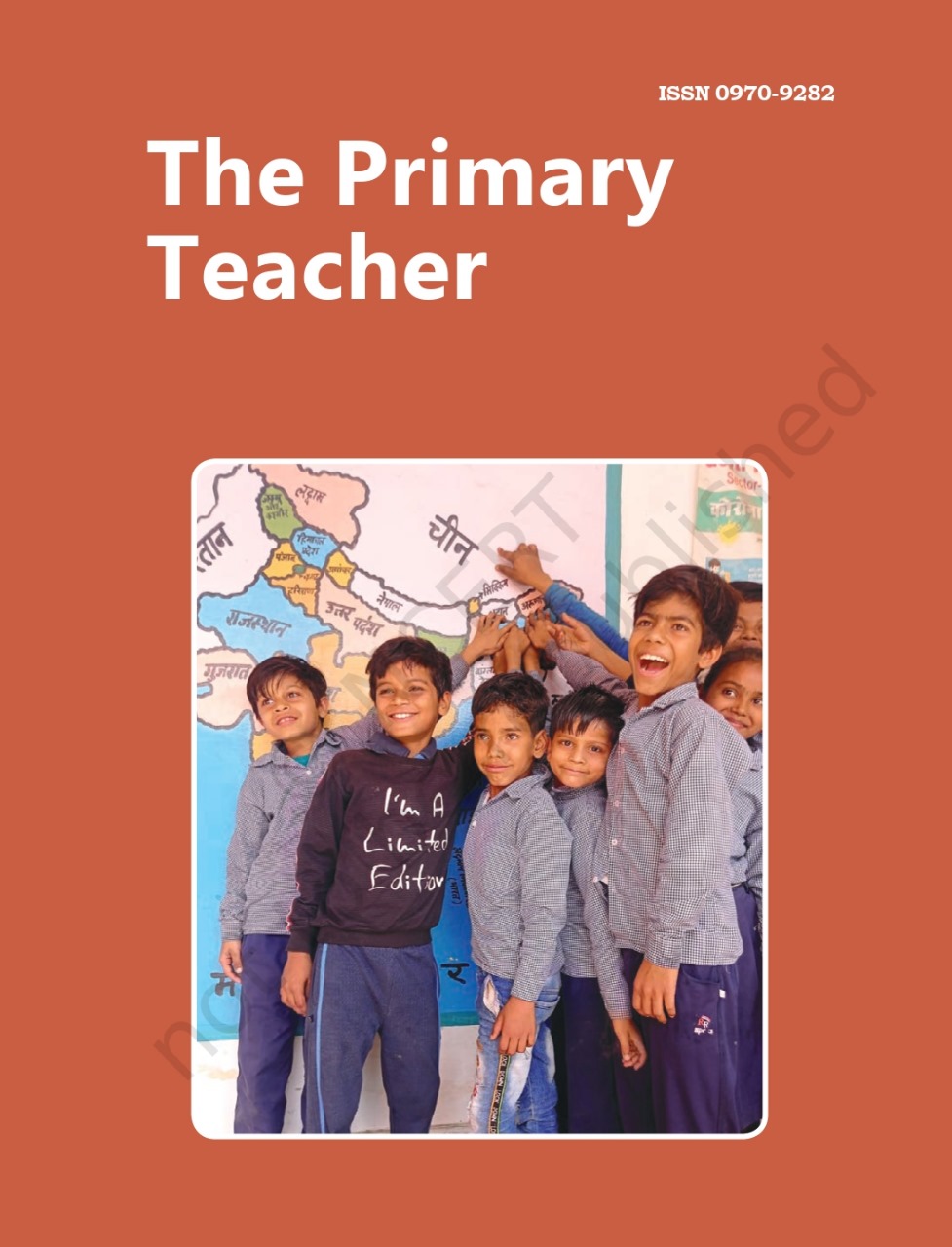
Published 2024-11-26
Keywords
- primary school education,
- National Curriculum Framework for School Education,
- Zone of Proximal Development (ZPD
How to Cite
Abstract
The assessment and examination practices in school education have been the serious concern for several decades in our country. Several national level commissions and committees had pointed out to the need for improvement in the curricular, the pedagogical and the processes in school education. Regarding the assessment practices, the NPE (1986) recommended reduction of emphasis on external examination and introduction of Continuous and Comprehensive Evaluation (CCE) in its place to improve quality of school education. In the context of non-detention policy in order to universalize the elementary education, CCE was highly recommended to ensure the learning attainments by children, thereby enhancing quality of education. The National Curriculum for Elementary and Secondary Education (1988) based on the recommendations of NPE (1986) emphasized on defining minimum levels of learning at all stages of primary school education followed by the recommendations for implementing CCE in schools. It also stressed on inclusion of the assessment of psychomotor skills; physical, social and emotional development and recording of evidences and using grades instead of marks. Pursuing this, the NCERT and the RIEs played a vital role in implementing CCE in the regions. The centrally-sponsored scheme “SOPT” was implemented to train the teachers on the pedagogical innovations such as minimum levels of learning and activity-based approaches along with the continuous and comprehensive evaluation.
